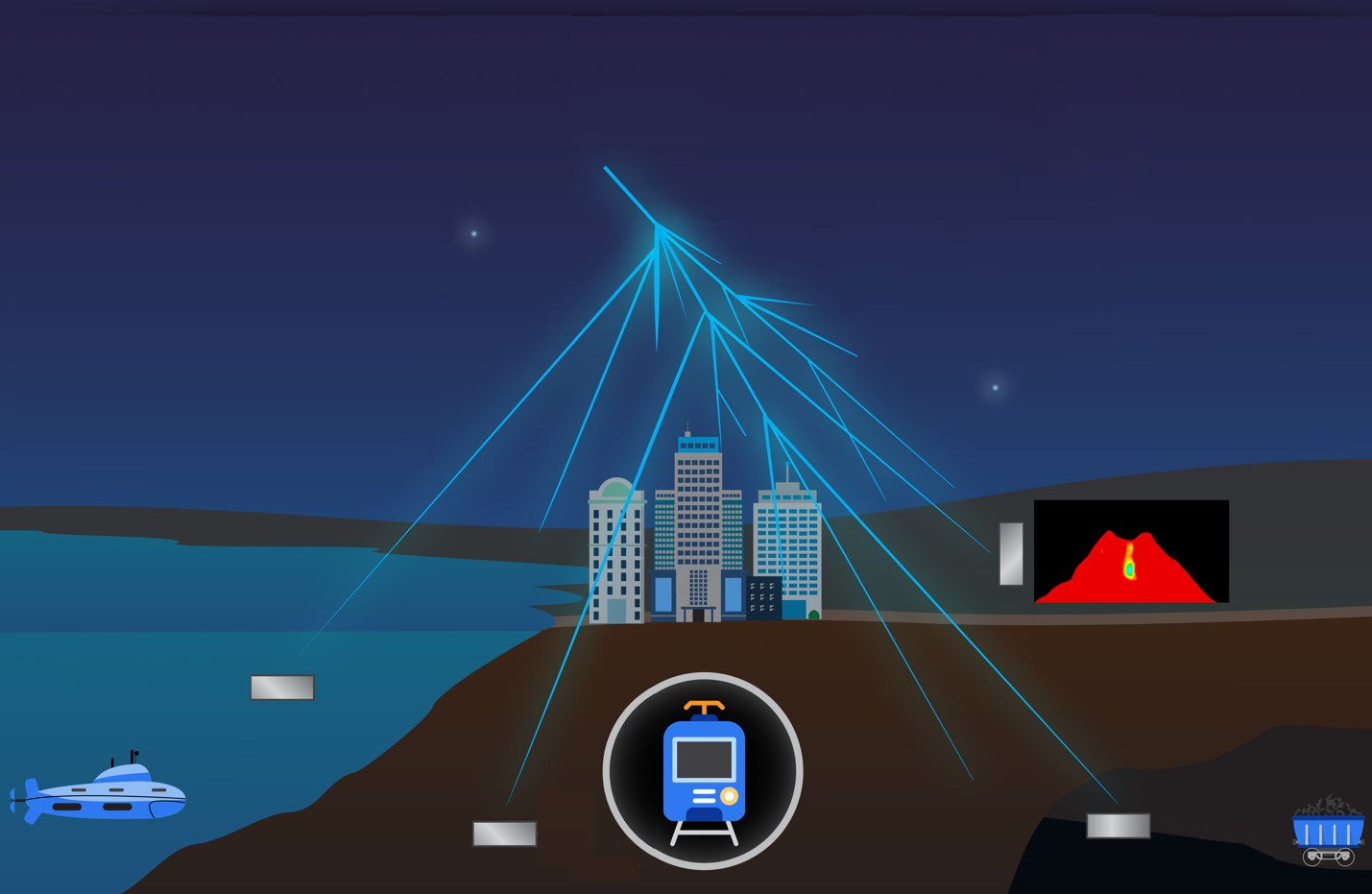On November 23, 2023, the Springer Nature group features the topic of muography in Nature Reviews Methods Primers. Covering the most recent developments in muography, the article is written with the cooperation of a large team of International Muography Virtual Institute (VMI) researchers from universities/institutes in 12 countries including The University of Tokyo, The University of Salerno, Fermi National Accelerator Laboratory, The National Metrology Institute of Italy, National Institute for Astrophysics, Université catholique de Louvain, Durham University, Enrico Fermi Research Center, National Institute for Nuclear Physics, CERN, Muon Solutions, University of Oulu, Arctic Planetary Science Institute, Kyushu University, Laboratoire Souterrain à Bas Bruit, University of Atacama, Lanzhou University, The University of Catania, Institute of Physics of the 2 Infinities (IP2I), MUODIM, Lebedev Physical Institute, Andhra University, Federal University of Pernambuco, The University of Sheffield, and HUN-REN Wigner Research Centre for Physics.

Cosmic muons are naturally occuring high energy elementary particles, which are created in the high atmosphere, and travel down to the Earth surface and further into the crust. For quite some time, the possibility to use these particles for imaging was proposed – similarly to X-rays penetrating a human body, but for much larger objects in the range of 10-1000m thickness. Due to the lack of efficient and practically useable instrumentation, this remained a concept, whereas in the last decade, an explosive interest was gathered around the newly formed “muography” research field.
All aspects of muography along with the latest achievements, such as centimeter-level navigation with the indoor muometric position system (muPS) which is compared with other established PNT technologies, are comprehensively explained for students, academics and researchers along with descriptions of applications and experimental case studies. Other major topics described are muographic imagery used for visualizing the internal structure of gigantic objects, as well as muometric positioning, navigation, timing (PNT) that includes the techniques of the muometric positioning system (muPS), cosmic time synchronization (CTS) and cosmic time calibration (CTC) and cryptographic applications with the cosmic coding and transfer (COSMOCAT) technique and encryption key storage (COSMOCATS).
At the HUN-REN Wigner Research Centre for Physics, a dedicated infrastructure, the “Vesztergombi Laboratory for High Energy Physics” facilitates particle physics research, which in the form of a UTokyo-Wigner Joint Laboratory, led to a broad range of developments.
Some specific examples of both established and new applications include visualizing the internal structure of volcanoes, tunneling and mining, pyramids, underground/underwater muPS navigation, near-field wireless security, cloud-based authentication systems and secured communications, precise time synchronization of secured wireless sensor networks. Developments in muography simulations and data analysis, image modelling and instrumentation are also covered.
Journal: Nature Reviews Methods Primers
Title: Muography
Author: Hiroyuki K. M. Tanaka, Cristiano Bozza, Alan Bross, Elena Cantoni, Osvaldo Catalano, Giancarlo Cerretto, Andrea Giammanco, Jon Gluyas, Ivan Gnesi, Marko Holma, Tadahiro Kin, Ignacio Lázaro Roche, Giovanni Leone, Zhiyi Liu, Domenico Lo Presti, Jacques Marteau, Jun Matsushima, László Oláh, Natalia Polukhina, Surireddi S.V.S. Ramakrishna, Marco Sellone, Armando Hideki Shinohara, Sara Steigerwald, Kenji Sumiya, Lee Thompson, Valeri Tioukov, Yusuke Yokota, Dezső Varga



